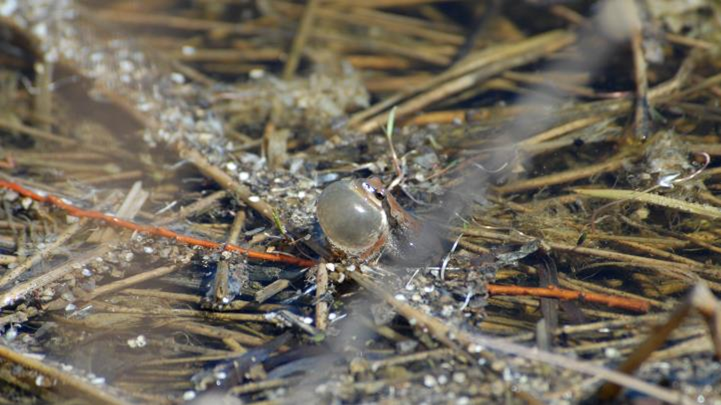Order: Anura

Sometimes alone, sometimes in a chorus, the sounds of singing frogs can ring out from wetlands morning, noon, or night, especially in spring.
Habitat
Listen for singing frogs where it is wet. If wetlands, roadside ditches, fields, lakes, or rivers, are nearby, there is a good chance you’ll hear them.
Behaviour
Frog songs are most often heard during the breeding season, typically spring. They serve as a passionate language of love to attract potential mates, establish territory, and assert dominance. Each frog species has a unique vocalization that signals its presence, fitness, and readiness to reproduce. Sounds can range from low-pitched croaks to high-pitched trills, all adapted to help frogs communicate effectively while minimizing the interference of background noise. Frogs create their sounds in their throats. It’s amplified by membranes of skin under the throat, or on the corner of the mouths. Some frog calls are so loud that they can be heard up to a 1.6 km (1 mi) away.
Conservation
Frogs are incredibly sensitive to changes in their environment, particularly water quality. Declining populations act like an alarm bell about environmental degradation. Monitoring frog populations through their songs can serve as an early warning system, indicating problems and the need for possible
conservation action.
back

